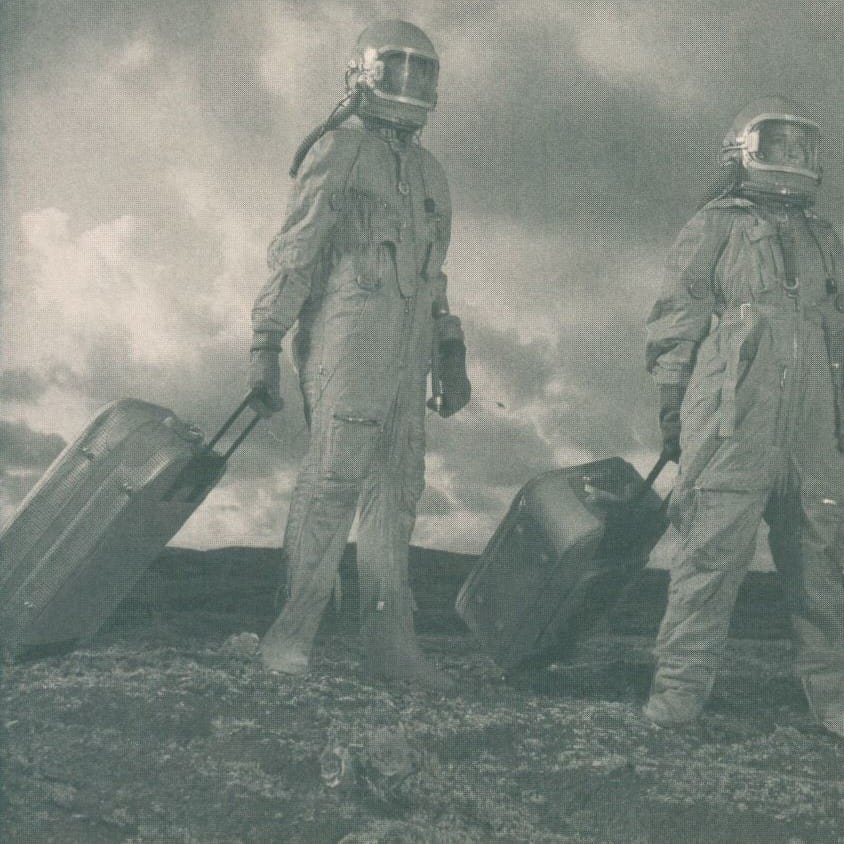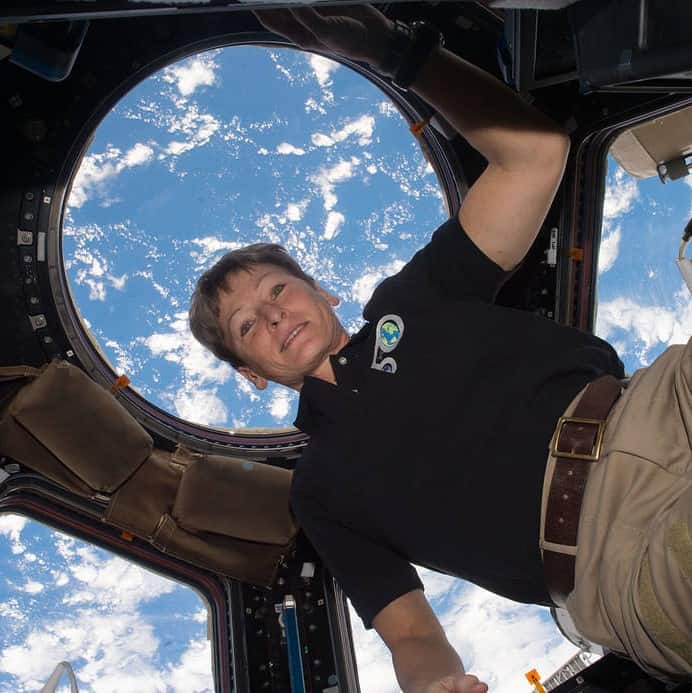Luther H. Smith was born in Des Moines, September 27, 1920, and grew up in a loving family with eight siblings. He knew he loved flying from a very young age. When he was 11 years old, he and his brother found $5 in a field. He convinced his brother to use their newfound fortuneContinue reading “Captain Luther H. Smith”
Category Archives: Aviation
Girls In Aviation Day 2020!
This Saturday, September 26th is Girls In Aviation Day! “Flying is so much more than just a quick way to traverse space. It’s freedom and color and form and style. I am at home in the air.” Amelia Earhart, Feb. 7, 1934, Christian Science Monitor. This is the 6th year of the Girls inContinue reading “Girls In Aviation Day 2020!”
The Eagle Has Landed!
July 20, 2019 50th Anniversary of the Moon Landing! I know this will age me – but I remember the Moon Landing – I won’t tell you how old I was at the time, though! It was incredible to witness and I dreamed – as so many other kids did – of becoming an astronaut. Continue reading “The Eagle Has Landed!”
Get Ready for Girls in Aviation Day!
This Sunday, September 23rd is Girls In Aviation Day! “Flying is so much more than just a quick way to traverse space. It’s freedom and color and form and style. I am at home in the air.” Amelia Earhart, Feb. 7, 1934, Christian Science Monitor. In honor of Girls in Aviation Day, let’s take a briefContinue reading “Get Ready for Girls in Aviation Day!”
Packing for Space!
Happy Star Wars Day – May the 4th Be With You! And the first Friday in May is National Space Day! So, tomorrow, May 4th, 2018, is truly a space-lover’s day! Besides a movie marathon, what better way to spend your day than by learning about what it actually takes to get to space! Continue reading “Packing for Space!”
Girls in Aviation Day!
September 23rd is Girls In Aviation Day! “Flying is so much more than just a quick way to traverse space. It’s freedom and color and form and style. I am at home in the air.” Amelia Earhart, Feb. 7, 1934, Christian Science Monitor. In honor of Girls in Aviation Day, let’s take a brief lookContinue reading “Girls in Aviation Day!”



